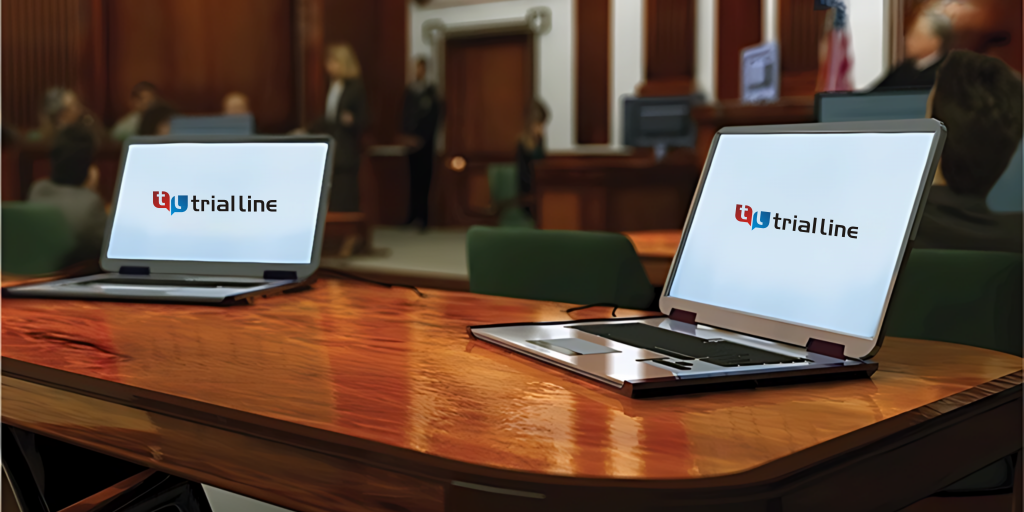Engaging trial presentations are essential in modern litigation.
Engaging trial presentations are essential in modern litigation.
Blog Article
Just How Test Presentations Enhance Your Disagreement and Encourage Jurors
Trial discussions function as an essential system for enhancing lawful disagreements and convincing jurors. By incorporating visual help, narrative frameworks, and psychological involvement, attorneys can create a compelling case that resonates on several degrees. The strategic usage of visuals not just clears up complex info but also records jurors' interest better than words alone. Nonetheless, the art of narration plays an equally crucial duty in transforming valid proof into an engaging narrative, forming jurors' understandings - trial presentations. Comprehending these aspects can substantially affect test outcomes, elevating the question of exactly how each element contributes to this detailed dynamic.

Importance of Aesthetic Aids
Visual help play an essential duty in improving the effectiveness of test presentations, as they can considerably boost audience interaction and retention of info. In the context of a test, where jurors are charged with processing complicated info, aesthetic help serve to simplify and make clear bottom lines. Graphes, graphs, and photos can convey data and concepts that might otherwise overwhelm or confuse jurors, permitting a more straightforward understanding of the evidence presented.
In addition, visual aids aid in preserving juror focus throughout the process. By breaking the monotony of verbal testimony, these devices can stress crucial disagreements, making them more memorable. Efficient aesthetic help can likewise stimulate emotional feedbacks, which can be pivotal in convincing jurors to line up with the speaker's narrative.

Crafting Engaging Narratives
A compelling story is essential in test presentations, as it serves as the backbone of efficient persuasion. It enables lawyers to weave together facts, proof, and psychological elements into a meaningful story that resonates with jurors. This narrative framework makes it possible for jurors to understand the complexities of the situation while guiding them with the lawyer's debate.
To craft a compelling story, lawyers should focus on clearness and comprehensibility. Additionally, the use of brilliant summaries can produce psychological photos that help jurors imagine the occasions, making the narrative extra memorable.
Additionally, integrating crucial themes throughout the discussion enhances the core message and aids in retention - trial presentations. The story should not just communicate information yet likewise stimulate a sense of justice, highlighting the risks involved. Ultimately, a well-constructed narrative promotes a link in between the jurors and the situation, placing the lawyer's disagreement as both trustworthy and compelling, thus enhancing the likelihood of a favorable decision

Engaging the Court Emotionally
Effective jury engagement hinges on the attorney's capability to attach with jurors on a psychological degree. This link can substantially impact jurors' understandings and their utmost decision-making.
Visual help, such as pictures or videos, can additionally enhance emotional interaction, offering jurors with vibrant representations of the instance's human elements. Crafting a narrative that highlights the struggles and victories of the individuals included ensures that jurors see past the lawful arguments and acknowledge the human effects of their decisions.
Moreover, tone and body language play a crucial role in conveying feeling. A lawyer's passionate shipment can resonate with jurors, enhancing their emotional investment in the event. It's necessary to stabilize emotional charms with valid evidence, guaranteeing that jurors really feel obliged to act while continuing to be based additional resources in the truth. Inevitably, an emotionally engaged court is more probable to be encouraged, making emotional link an essential element of effective trial discussions.
Structuring Your Presentation

The body of the presentation should be rationally segmented right into bottom lines, each supported by engaging proof. It is useful to make use of storytelling techniques to weave truths right into a story that jurors can conveniently adhere to. Aesthetic aids, such as charts and videos, can improve understanding and engagement, assisting to highlight important items of proof.
Real-World Instance Studies
Checking out real-world situation researches gives vital insights right into the art of trial presentations and persuasion. The protection team effectively employed an approach that incorporated prominent expert testimonies with multimedia discussions, which mesmerized jurors and ultimately influenced their choice.
Another remarkable example is the "McDonald's Coffee Situation," where the complainant's attorneys made use of graphic pictures of the injuries sustained by Stella Liebeck. trial presentations. This plain aesthetic proof played a critical role in conveying the blog extent of her burns, leading to a significant jury honor. Such cases show that impactful test discussions commonly hinge on the efficient assimilation of visuals and storytelling to evoke psychological actions from jurors
Moreover, the "Casey Anthony Test" highlighted the value of narrative coherence and reputation. The prosecution's failure to establish a compelling timeline diminished their persuasive power, underscoring the requirement of a well-structured discussion. Assessing these instances discloses that effective trial presentations require critical planning, psychological interaction, and the ability to reverberate with jurors' worths and beliefs.
Final Thought
Trial presentations substantially boost debates and persuade jurors through the tactical usage of visual help, compelling narratives, and psychological interaction. By streamlining intricate details and cultivating connections with the audience, these components produce a memorable and impactful experience. A well-structured presentation balances sob stories with accurate evidence, inevitably resonating with jurors' values. The integration of these techniques not just affects decision-making however additionally underscores the importance of efficient interaction in the court.
Report this page